As the 81st Venice Film Festival draws to a close, the second chapter of Horizon: An America Saga, Kevin Costner‘s colossal historical work set during the occupation of the American West in the second half of the 19th century, premiered. After the debut of the first part at the Cannes Film Festival, where we were able to see the presentation of the different plots and characters, this latest film undoubtedly demonstrates the strength that this long-running project is gaining. With Michael Muro back as cinematographer, we are again treated to a parade of breathtakingly beautiful scenery and exquisite frame compositions at medium and short distances. The best of classic westerns meets spectacular cinema.
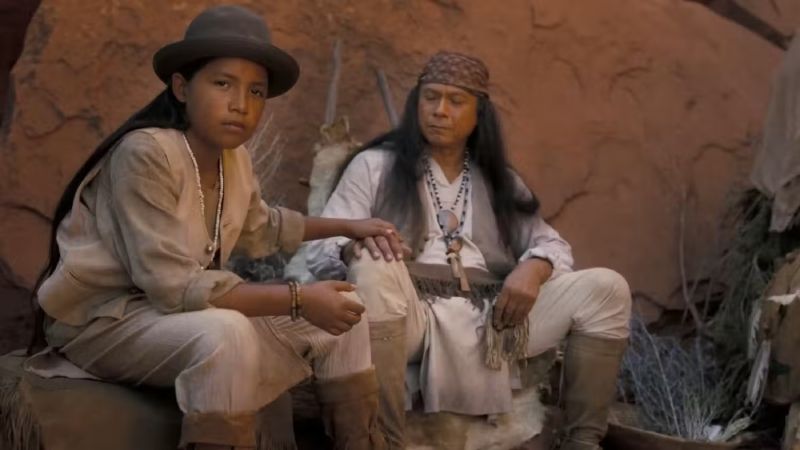
As Kevin Costner explained during the press conference, he is not interested in Westerns that are just an excuse to end irremediably in a gunfight, he rejects this kind of Western films that revolve around the exhibition of violence. What interests him is the authenticity of the characters and situations, the human behavior, and the drama that arises from the absence of law, where everyone must find a way to survive, defend themselves, relate to each other, and resolve their conflicts. It should be remembered that Costner has also directed and produced dystopian films: The Postman (1997) and Waterworld (1995), which have a lot in common with the Western: they also talk about the way people act, about the self-defense of the individual in the absence of institutional guardianship and laws, at least democratic ones, to protect him. The individual does not have a guaranteed value in itself, but only in terms of his or her closest relations with the people who may depend on him or her. As they say in the caravan on its way to the promised place called Horizon: We will not feel the lack of anyone.
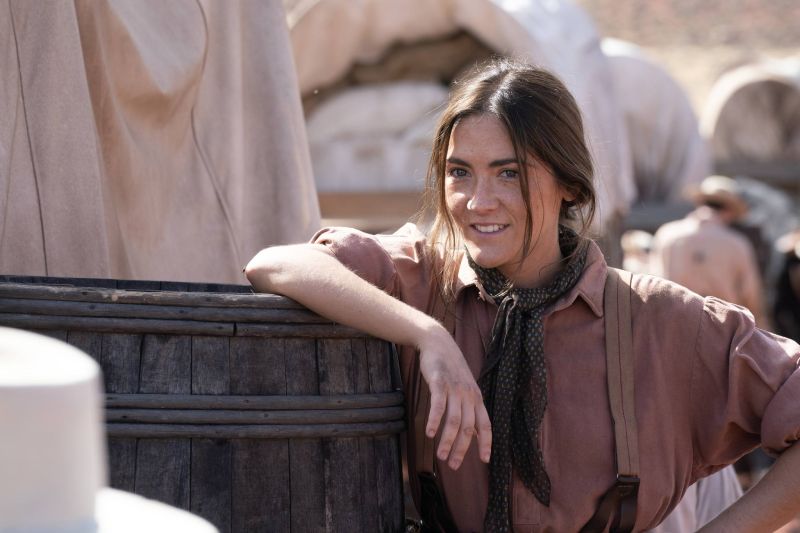
In most of Horizon‘s plots, the protagonists are women (Sienna Miller, Jena Malone, Ella Hunt, Abbey Lee, and Isabelle Fuhrman) who interpret the experiences of this social and legal precariousness from a female perspective. They are not superheroes, they are ordinary women who have to deal with everything, plus the patriarchy. Women who are used, raped, prostitutes, widows, daughters under paternal command; the usual. Sometimes, a woman alone has to negotiate the protection of a man if she does not want to be subjected to the violence of others in the eyes of the uncaring group. They may know what is happening but do not feel the need to do anything about it. Or they know, but don’t dare. Or they dare but are not allowed to. These are the kind of dilemmas Costner places the viewer in front of. They are universal patterns of human behavior that transcend times, countries, and, of course, film genres.

The film, with its multiple interwoven stories, is full of scenes and dialogues so refined and nuanced that they deserve to be analyzed in detail. Conversations and mise-en-scènes are full of a very concise anthropological meaning about the construction of power relations between individuals and, in short, about the human condition. Some are dramatic, some are told with humor, and some are hopeful, such as the encounter between a girl orphaned by a murdered father and a White Mountain Indian boy, which evokes the purity of spirit, a piercing and impossible longing for how things could have been done differently.
The odyssey continues, that of the European settlers in search of a new life and that of Kevin Costner towards the third and fourth chapters. As he crowned at the 7 September press conference in Venice: I don’t know how, but I’m going to make it.

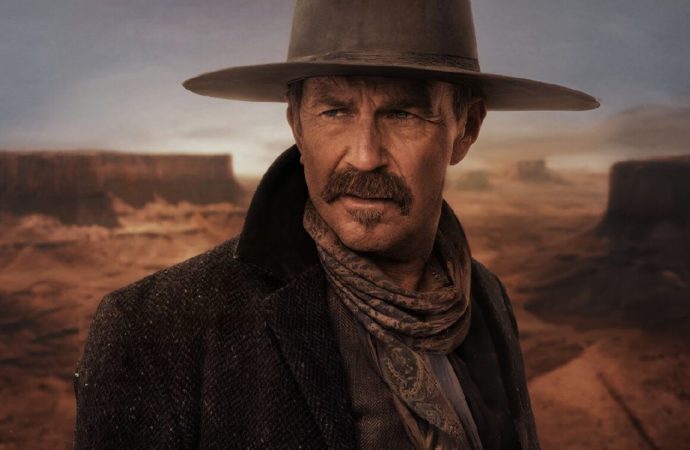
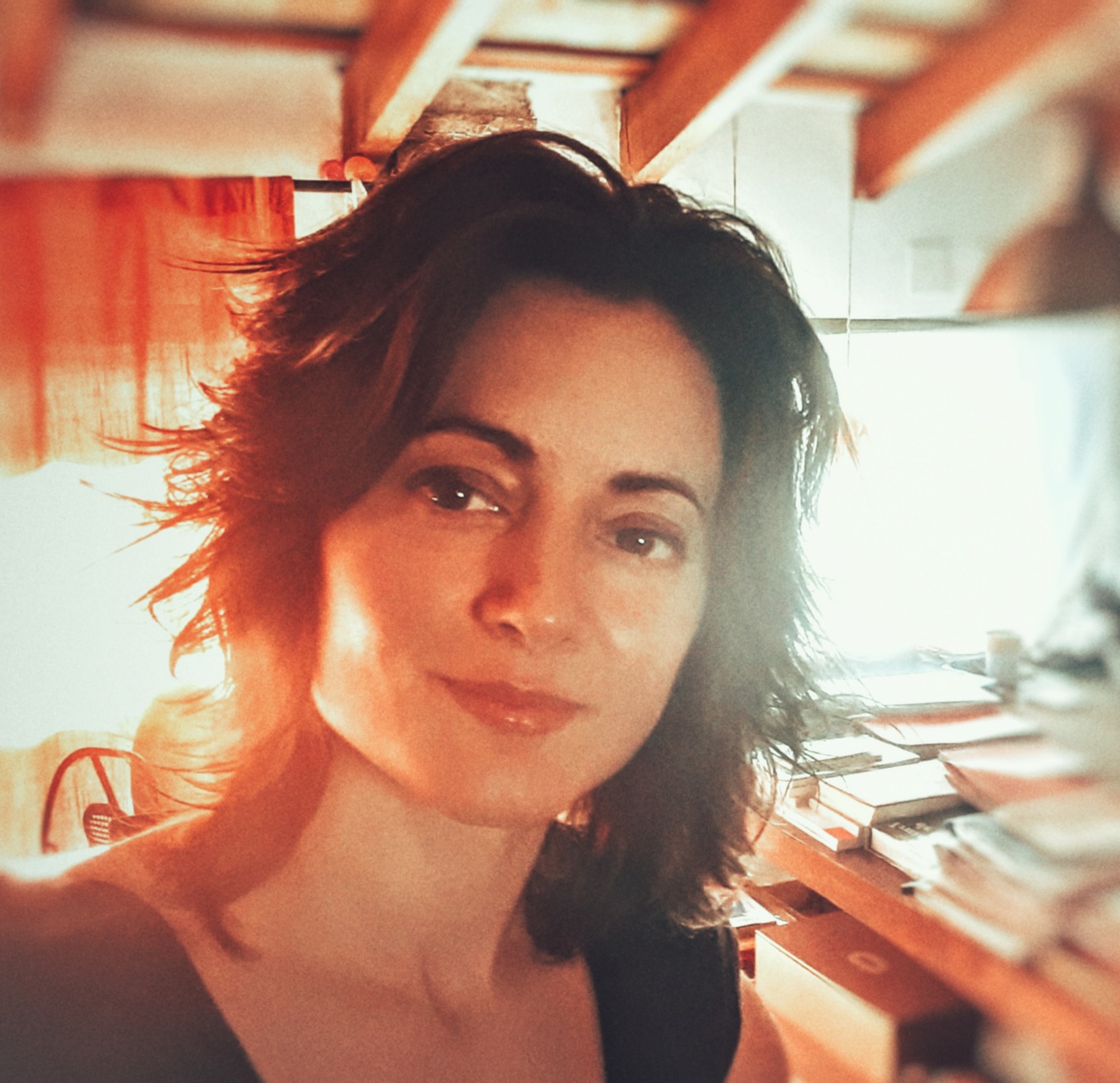
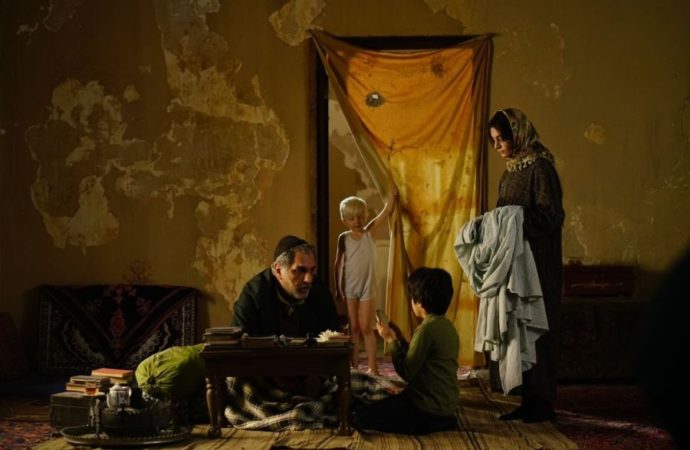
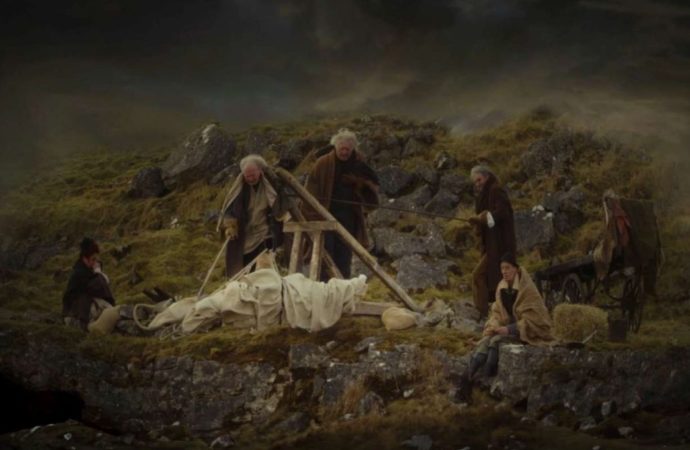

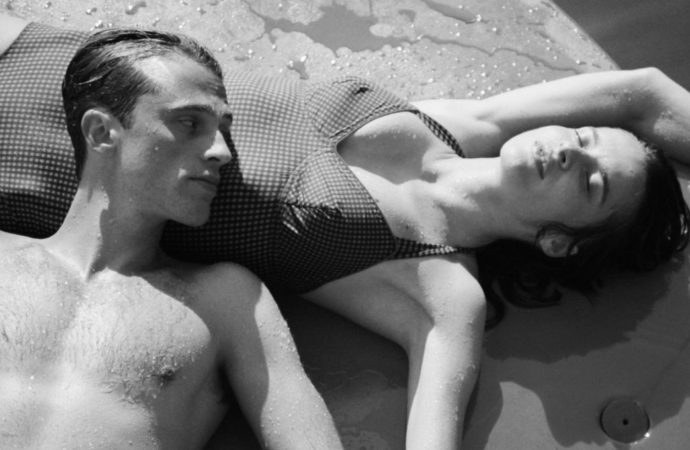

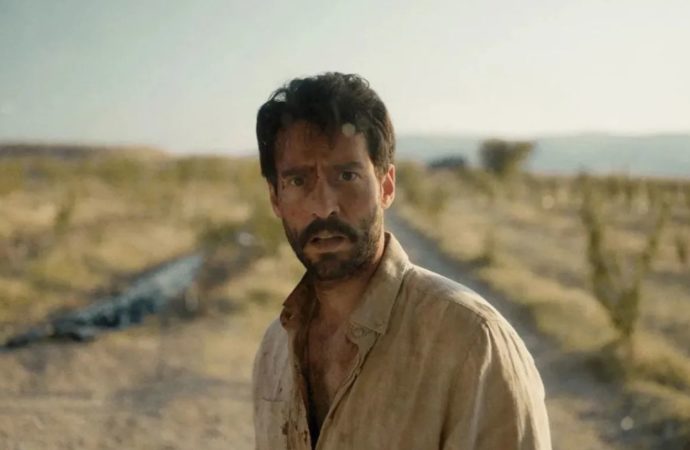
No one has posted any comments yet. Be the first person!